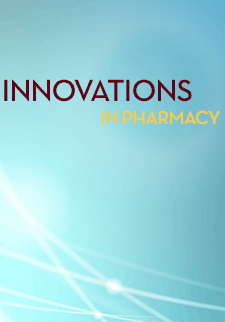A New Paradigm of Pharmaceutical Drug Delivery Systems (DDS) : Challenges for Space, Time, and Shapes
Namsoo Kim
University of Texas at El Paso
Jaeseok Eo
University of Texas at El Paso
Brandon Cepeda
University of Texas at El Paso
Jihye Kim
University of Texas at El Paso
DOI: https://doi.org/10.24926/iip.v9i3.1450
Keywords: Drug Delivery System (DDS); Internet of Things (IoT); Quantitative Control; 3D Printing; Patient- Customized; Piston Type Extrusion (PTE)
Abstract
Using 3D food printing with the Internet of Things (IoT) technology, patients can receive diagnoses and prescriptions from their doctors while in the comfort of their homes. The patient-specific prescription has been innovated by converging 3D food printing technology with drug delivery systems (DDSs). Quantitative drug dosages can be incorporated into the composition of food and produced in any shape within a short time. Automating food and DDSs makes promising implications for healing patients remotely, as well. Each of these aspects, along with IoT technology, have contributed to increased health care for patients, no matter their location. The quantitative discharge of vitamin C melted in water, mayonnaise, ketchup, and peanut butter has been verified using the Piston Typed Extrusion (PTE) method. Designs with different curves and shapes were repeatedly printed with a head speed of 1.6×10-2 m/s, and it was confirmed that effective control while printing the shapes was possible. The Hagen-Poiseuille (HP) formula was utilized to simulate the overall printing time. This simulation affirmed that increasing the head speed from 1.6×10-2 m/s to 4.0×10-2 m/s had reduced the printing time consistently, but the time was not reduced continuously after 4.0×10-2 m/s, depending on the materials’ viscosities
and how much curvature exists in the designs. The precision of printing was adjusted within 5% of the theoretical value during printing, and the IoT technology allowed printing of the materials within five minutes, regardless of the patient’s location.
Article Type: Original Research



